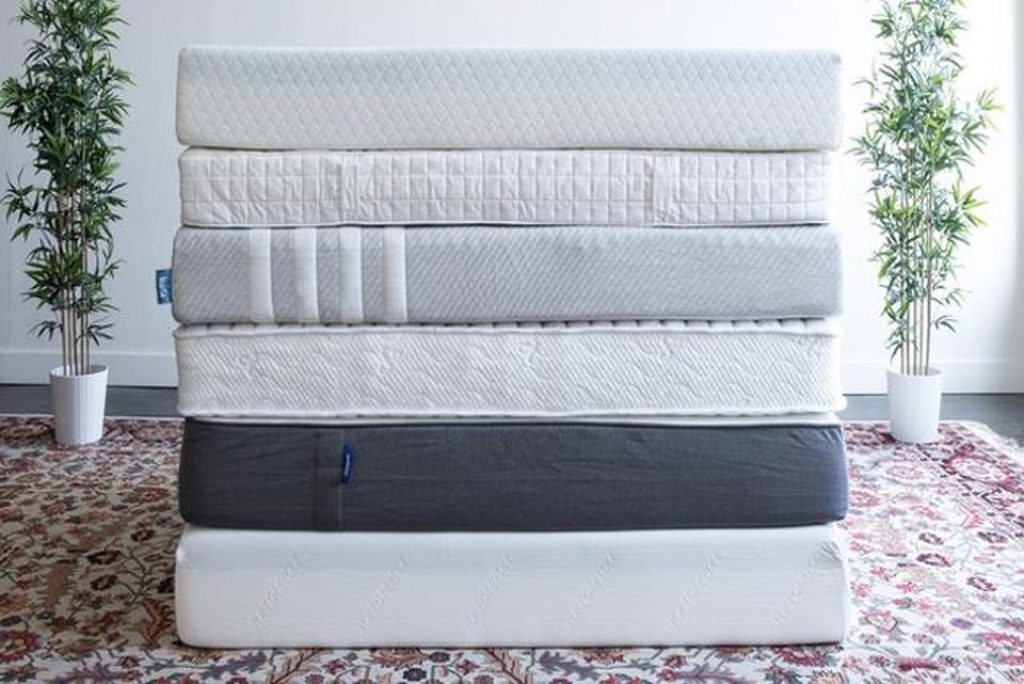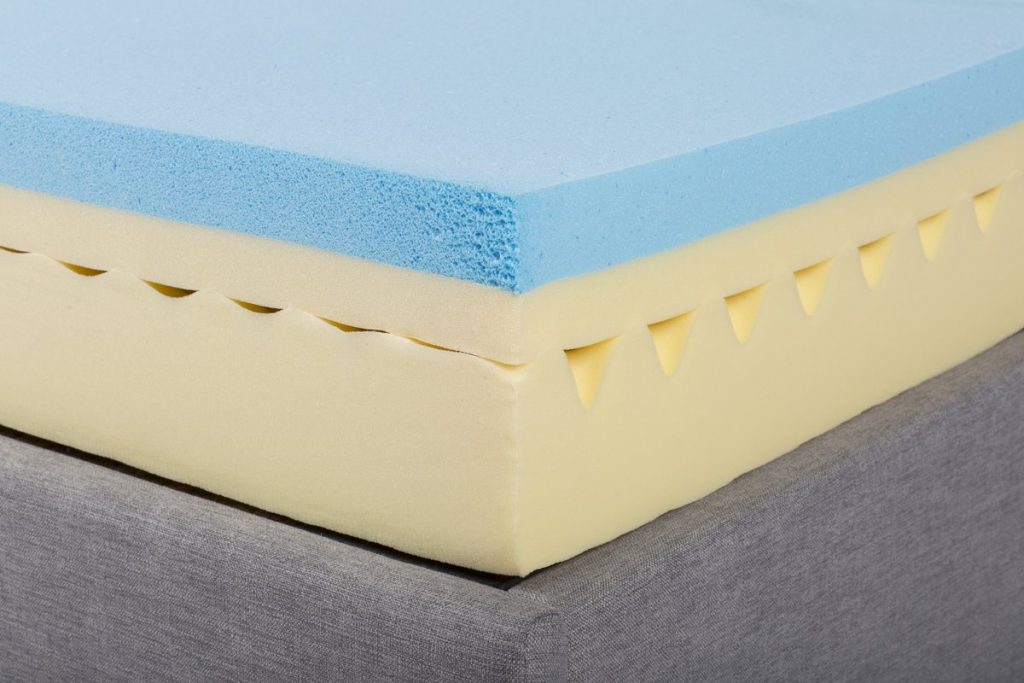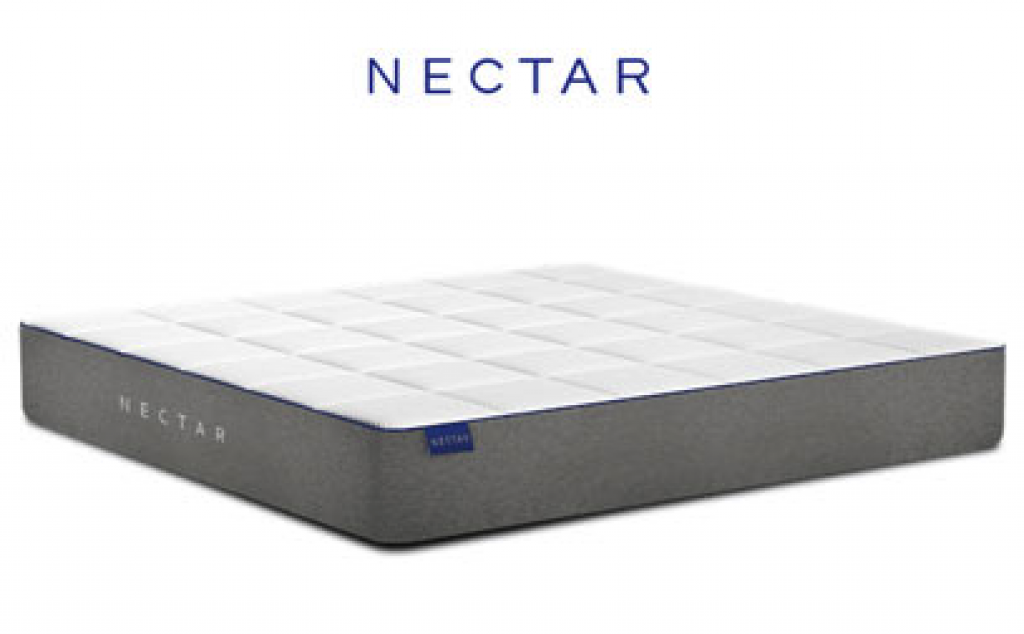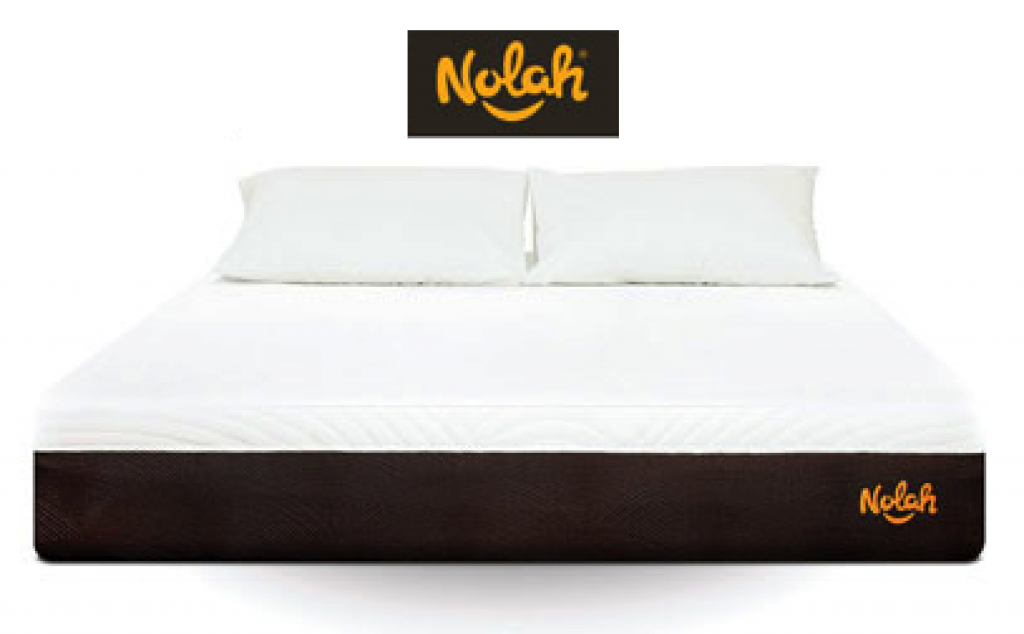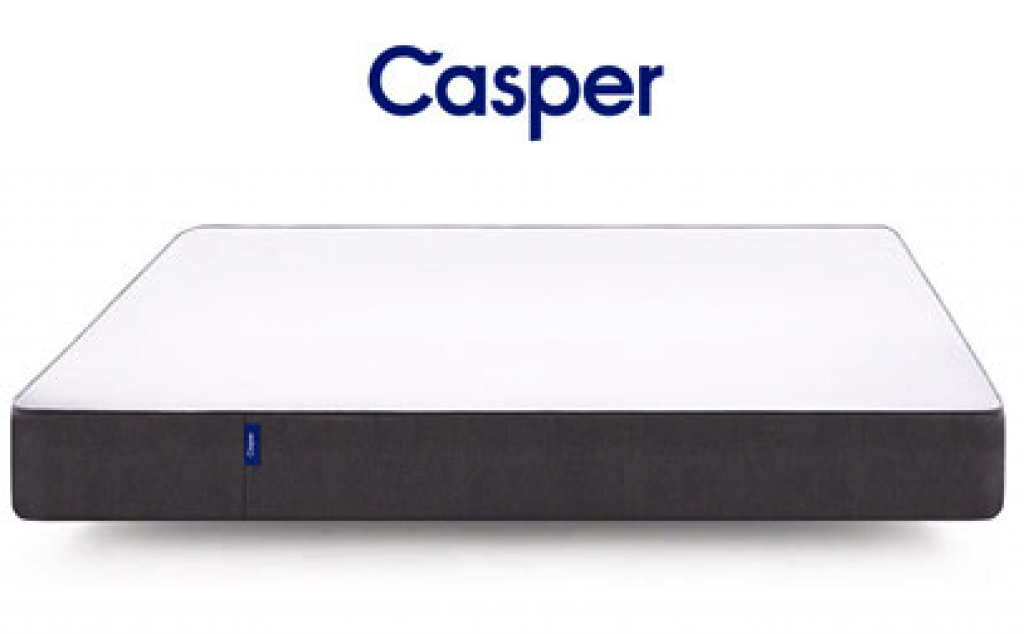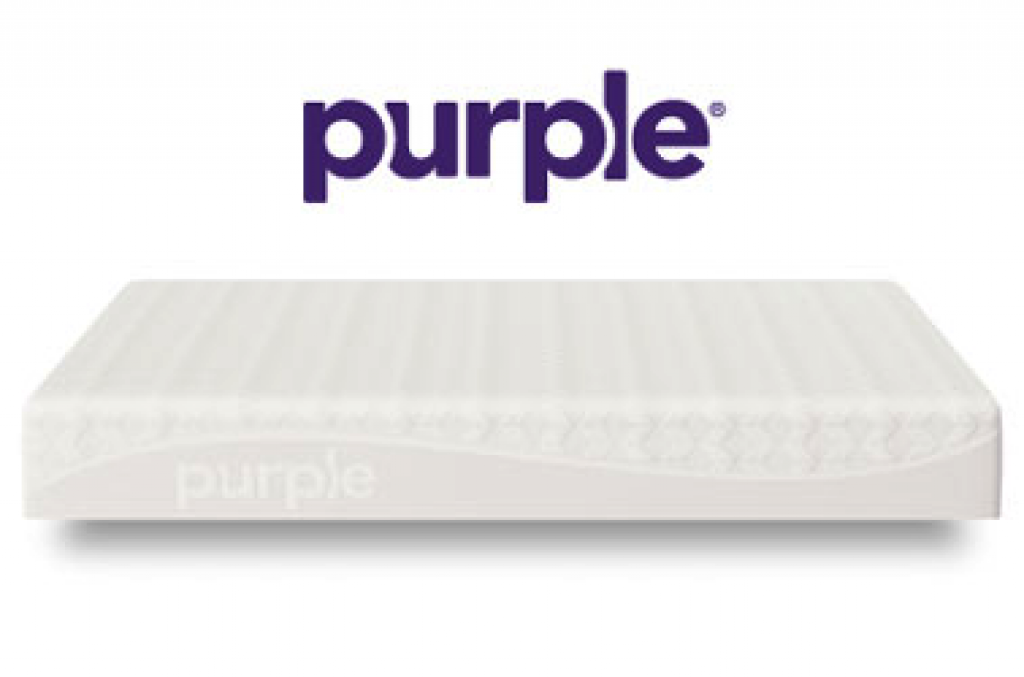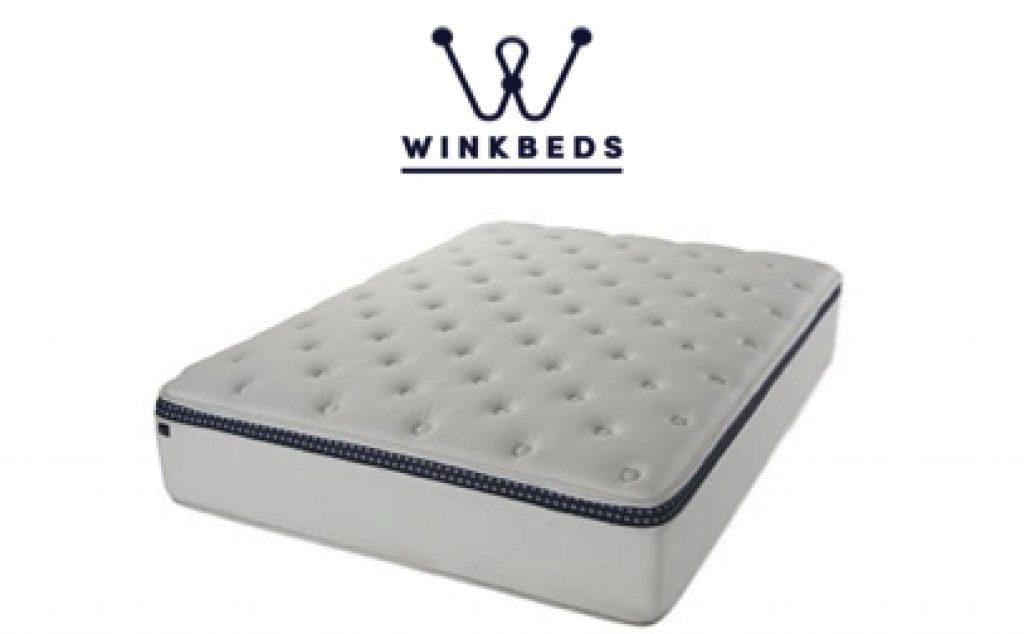
According to recent statistics, the world is filled with side sleepers (over 70% of the world population favors this position in one way or another). Now, there are several variations depending on the way you keep your legs and arms, starting with the log (straight and by the body) and ending with the fetus, where your back is curved, and your knees are close to the chest.
Regardless of the variation, you favor, side sleepers usually choose the left or the right. And, while you may not see such a big difference, specialists sustain that sleeping on your left is a lot more beneficial than sleeping on the right (we’ll talk about the benefits a bit lower).
But there are also negative aspects of this position such as strain on the shoulders and hips, an unnatural curvature of the spine, and limb numbness (usually for the arm that’s underneath).
If you know all this, you can adjust your habits as a side sleeper to improve your sleep experience, but you’ll also need the help of a mattress that was specially designed to accommodate such behavior. That’s why, in this article, we will talk about the best side sleeping mattresses you can try, and we’ll teach you how to identify them in the plethora of mattresses on the market.
Top Benefits of Sleeping on Your Side

As we already mentioned, side sleeping can be beneficial, but mostly for those who favor the left side. This happens because when we’re lying on the left, the organs are naturally supported, and the position promotes a lot of benefits such as:
- Acid reflux alleviation.
- Toxin and lymph nodes drainage.
- Better circulation.
- Improved digestion.
These benefits don’t show when you’re lying on your right side, since the esophagus, stomach, and the gastric juice will be weirdly positioned. However, specialists ask us to mix and match the sides – after all too much of a good thing is not necessarily beneficial.
Another benefit of being a side sleeper is reduced snoring. When you’re lying on the back or stomach, there’s pressure on the esophagus and neck, which obstructs the airways, leading to the annoying sound many of us know. But, when you sleep on the side, there’s nothing affecting the airways, and the snoring should stop.
Other people who can benefit from this position are:
- People with obstructive sleep apnea – In summary, you stop breathing for a few seconds intervals throughout the night, which can affect your brain oxygenation and leads to you waking up tired and flushed.
- People who have neck and back pain – If the spine is well supported while on the side, the discs will relax and the tension will be released, allowing you to relax. This leads to pain relief.
- Pregnant women – Side sleepers consider this the best position, especially during the final months of the pregnancy.
Different Types of Mattresses for Side Sleepers
Memory Foam
A memory foam mattress is one of the best surfaces for a side sleeper! The material is soft, responsive, and quite contouring, features that overcome the shortcomings of this position.
As a side sleeper, there is plenty of pressure put on the shoulders and hips area, because the entire body is pressing on them. This leads the long-dreaded pressure points between the mattress and your body, so if the bed is firm and un-accommodating, they will in time create pain and stiffness.
But this is not the case with memory foam, as the material is quite perfect for this position. Also known as viscoelastic, this material was created by NASA engineers to improve the comfort of pilots during long flights. While it was first used for chairs and other sitting devices, nowadays it is very popular in mattresses.
A memory foam mattress is responsive to heat and pressure so, when you lay on it for more than a few minutes, the foam will start to adjust to your body’s unique shape. As a result, the mattress will allow for sinkage where is needed (around the shoulders and hips) and will provide support for the rest. So, by allowing the heavier areas of your body to sink a bit deeper, the bed will manage to keep your spine aligned and free from any pressure.
However, memory foam has some negative aspects, and the one that usually gathers more complaints is related to heat trapping. Because the structure is dense, the heat cannot escape as fast as you’d want so memory foam is known to sleep hot.
Thinking about memory foam bed? See our complete buying guide here.
Innerspring
Innersprings are those mattresses which feature a core of coils, and in general, you’ll find two types of such models on the market:
- Designs with big coils, that work as a single unit.
- Designs with pocketed coils that react individually to pressure.
The first type is firmer and supports a more springy mattress, but doesn’t do that well for side sleepers. Furthermore, because the coils work as a single unit, every movement you make will be felt throughout the entire surface.
The second type is more common in today’s modern market, and features a bit more contouring. This is due to the fact that the springs react individually, so the most of the motion is isolated. The fabric that holds the coils together is also participating in keeping the motion isolated, and helps with temperature regulation as well.
While both designs can be extremely pleasing, an innerspring is not exactly a side sleeper’s cup of tea. This is true because the mattress doesn’t have that much sinking as memory foam and the level of contouring differs according to the type of material used for the top.
Now, to be fair, modern innersprings do promote a design that is more thoughtful towards side sleepers. This design features zoned coils, where the springs are stronger in one area of the mattress and a bit more giving in the other. In most cases, the stronger ones are placed around the edges and right under the torso, where the weaker ones come under the hips and shoulders. This way, you get the same effect as with memory foam, but with a lot more bounce.
Hybrid
Hybrid beds combine both coils and foam and manage to create some of the best mattresses for every type of sleeper on the market.
These designs tend to have one layer of individually pocketed coils (although some have two) supporting several layers of different density foams. This way, the softness of the foams on top is combined with the springiness of the coils and the resulting bed is an impressively contouring and supportive design. Furthermore, due to the sheet of coils, the bed is well-ventilated, creating an area where the air coming from the top layers gets cold.
Usually, the foam on top of the coils is a combination of memory foam and latex, but some manufacturers also introduce cooling gels and even natural fibers such as wool. These help with temperature regulation and keep the sleeper dry and cozy throughout the night.
However, the charm of a hybrid mattress stands in the combination of soft and firm, bouncy and contouring. The sleeper will still enjoy some sinking, but not as much as with viscoelastic, which can be the ideal if you don’t particularly fancy soft mattresses.
Overall, hybrid designs can be the best for most side sleepers, but they are not a good fit for those who are a bit more sensitive. After all, even though they do provide good support, the feel is a medium-firm in most cases.
Different Types of Memory Foam Materials
Traditional
Also known as viscoelastic, this material was first invented in the 1960s by NASA engineers to increase the comfort of their astronauts during long flights. The material was designed to react to body temperature and weight, so it takes the shape of the one sitting on it.
While it is one of the most contouring materials on the market, you should know that this manmade material is made with petroleum-based substances. This is the reason why a memory foam mattress requires off-gassing when it’s first unwrapped. There is a characteristic smell with this material, and it takes a few minutes to dissipate.
Quick note: Nowadays, all memory foam is made with non-toxic chemicals, but the smell is still there. This is one of the reasons why many parents don’t quite enjoy selecting this option for young children, in spite of all the benefits.
Speaking of which, here is a list of the most acclaimed benefits brought by Visco foam:
- High resistance to mold, mildew, and bacteria.
- Doesn’t accommodate dust mites of bedbugs, due to the dense structure.
- Reduces motion transfer to the minimum.
- Good pressure relief.
- Increased durability.
- Reacts to your movements.
With viscoelastic, you have a nice combination of two features: viscosity and elasticity. The viscosity is activated by your body heat and pressure, when the surface adapts to your shapes and re-arranges its structure according to your needs. Elasticity shows up when the pressure is removed, and the mattress returns to its initial shape.
It’s important to understand that traditional memory foam needs a bit of time to get to its ideal state as the foam will use your body heat to get softer and more comfortable. This is why the surface may seem firm at first.
Gel Foam
The gel foam is manufacturers’ way of fighting viscoelastic’s biggest defect: heat trapping. Because this is a manmade material, with a dense structure, the foam traps heat inside and releases it at a slower rate than any natural materials would. The result is a mattress that sleeps hot, which is not always the best of choices for many sleepers out there.
So, to avoid a mattress that gets hot during the night, manufacturers found the solution of gel infusions. In conclusion, gel foam is still memory foam, but with small beads of cooling gel infused in the foam, to open the cell structure and allow air to move more freely.
The gel can be distributed evenly through the mattress, or it can be present as a unitary layer. Regardless of the case, it works marvelously well in keeping the foam aired and removing the heat.
But there are other differences to consider, than just the cooling factor. The gel is less contouring than viscoelastic, but it is faster in response which makes the surface more responsive. It may also be a difference in firmness, according to the amount of gel used.
Still, you should not choose a design that features too much gel – if the beads are big, the cell structure of the foam is weakened, leading to less support for side sleepers.
Air Cool
Air Cool memory foam is still a type of viscoelastic with gel infusions, but this time the gel globules are suspended inside the open-cell foam. This creates a very cradling surface, which absorbs heat, only to be released when the sleeper moves. Given that the foam cell structure is porous, there is constant airflow, so the excess heat will be dissipated quickly.
According to specialists, Air Flow technology allows for heat to be dissipated 2.8 times faster than with regular gel foam. Also, the surface will respond faster to your movements, making the sleep experience a bit more enjoyable for those of you who don’t quite like the slow motion of standard viscoelastic.
Open Cell Technology
In order to understand how open cell works, we have to first explain how closed cell foam works. In this case, the foam is made of cells that act like tiny balloons crammed together in a unitary surface. As a result, the air is trapped inside the cell which is why the heat is so effectively trapped. However, because air can’t be trapped forever, it will manage to find its way out, and the structure will remain deflated (for lack of a better word).
With open cells, think about a multitude of racket balls, and each has a hole drilled in it. This way, when you squeeze it, the air comes out, but when you release the pressure, the air goes back in, maintaining the structure of the cell. The foam created this way gets its properties from the materials that make the cell, and not from the air trapped inside.
Now, memory foam designed with open cell technology will not trap heat anymore because the air in each cell will be released when you lay on the bed. When the pressure is removed, new air will enter the cells, keeping the surface well-ventilated and fresh. This type of foam is also more durable, and reacts to movement quicker than standard viscoelastic material.
It is also best for side sleepers who enjoy a surface a bit bouncier but with the same level of softness.
Other (Organic, Plant-Based, etc.)
While the idea of memory foam makes most of us think of a manmade material, there are some organic versions as well. However, the resulting surface is quite different than the well-known viscoelastic.
Most versions that deem themselves organic are actually a latex foam, obtained from the sap of the rubber tree, also known as Hevea Milk. This sap is processed into a foamy texture that resembles the characteristics of memory foam, even though it is far more responsive and bouncy.
Other forms of so-called organic Visco foam include plant-based materials in order to reduce the amount of chemicals used to produce the traditional material. In these situations, plant-based derived oils are used to replace some of the petroleum products used in the manufacturing process. However, in most products, the amount of plant-based elements only goes as up as to 12 or 15%, as the surface would lose its features if they were used more.
The interesting thing is that it was proven that designs using plant-based materials are a bit more breathable and reduce heat retention. Furthermore, many countries imposed a series of certifications that are only highest quality owed on materials that are indeed plant-based. Among such certifications, it is one that’s well-known all over the world: the CertiPUR-US. This shows that these foams are free of harmful chemicals such as phthalates, CFC, formaldehyde, and PBDEs.
However, the conclusion remains that there is no 100% organic memory foam on the market, at least for now.
Health Concerns When Being a Side Sleeper

Studies show that side sleepers have most brain health benefits because the position makes it easier for the brain to eliminate the amyloid beta and improves airflow. It’s also beneficial for digestion and toxins elimination (if you sleep on the left side), and pregnant women swear by it during the latest stages of pregnancy.
However, there are some health concerns that must be addressed and discussed as well!
First, side sleepers put pressure on the shoulders and hips. Furthermore, if the position is not well-supported, it can lead to neck stiffness, back pain (because the spine has an unnatural position), and even limb numbness. If you are a side sleeper on a mattress that’s not designed to accommodate this position for a long time, you may end up with some serious health issues.
For instance, if you tend to wake up with numbed limbs, it means that your body is pressing on your nerves, which in time can lead to coordination problems.
Second, if the mattress is too soft, you run the risk of sinking too deep with the hips or shoulders while your torso remains unsupported. Also, if the leg on top is not well-aligned with the spine, it can create extra tension in the sacral area, which quickly translates into lower back pain
Back Pain
Now, let’s have a deeper look at back pain produced by sleeping incorrectly on your side. Regardless of the fact that you prefer sleeping like a log or you adopt the fetus position, side sleeping is known to put a bit of strain on your back if the bed doesn’t do its job in providing support.
So, if the mattress is too firm, your hips and shoulders will keep the spine in an unnatural position, creating pressure at the lower and upper ends. This means waking up with pains and stiffness which is quite unpleasant.
On the other hand, a surface that gives too much sinkage, will create the same effect because the torso will also sink into the layers. The solution is a medium-firm surface, with the greatest back support that contours to the shape of your body.
To relieve any back pain you might have because of this position, we recommend placing a pillow in between your knees. This will level the leg on top with the spine, and will remove any tension. It’s also important to have a pillow that will properly support your neck as well.
If you notice there’s a gap between your waist and the surface of the bed, add a small pillow to compensate for it. This tends to happen with firmer surfaces.
Overall, side sleepers who own the best bed, designed to accommodate this position should not have any problems with back pain! Still, if this happens, there are ways to improve your current situation by using pillows.
Do you have back pain problems? See our complete mattress guide designed for back pain sufferers.
Neck Agony
The neck is a fragile structure, but it is the resting place for the most important organ in our body, the brain. It is also quite difficult to accommodate when you’re a side sleeper because of your shoulders.
Just imagine this: if you were to lie on the side, on a firm surface, without a pillow, your neck would literally hang downwards, pulled by the weight of your head. And this can’t be good for your spine or your head!
Furthermore, if you have a good bed, but your pillow is too big or too firm, you’ll end up with your shoulders hanging from your neck, because your head is too high in comparison to the surface underneath.
So, in order to make sure there will be no neck pain or strain, you’ll first need the best mattress (usually memory foam, latex, or hybrid) and then a good pillow that will accommodate the shape of your upper body.
A good bed will allow your shoulders to sink just enough so the spine will remain well-aligned in a horizontal plane. Now, if you add a pillow designed to support your neck and accommodate your head (it has a depression in the central area), that’s not too firm or too soft, you’ll be able to say goodbye to neck pains.
Other advice to follow that doesn’t actually include sleep is:
- Make sure you keep hydrated (it’s important for the spine discs);
- Maintain a good position while working.
- Keep your neck straight while texting.
- Stretch your neck.
- Get massages to relieve the tension.
Shoulder Problems
Side sleepers are quite prone to shoulder pain and injuries if they sleep on the same side every night. The pain you feel comes from a group of muscles and tendons that embrace the ball and socket joint like a cuff (also known as the rotator cuff). These muscles can be injured when you fall or hit your shoulder really hard, but they can also be damaged by overuse, like when you’re sleeping years in a row on the same shoulder.
The pressure you put on the cuff every night presser the tendons against the bone, which leads to inflammation and makes them fray. The result is called rotator cuff tendinitis, and its symptoms are pain and stiffness in the shoulder area.
So, if you’re not there yet but tend to favor one side over the other, train your body to switch it up. You can also use pillows to keep you from rolling on the other side in your sleep. The treatment for tendinitis is quite simple: rest of the inflamed shoulder, icing, and keeping the joint immobilized.
Of course, there are other conditions that can lead to shoulder problems such as arthritis or nerve problems. So, if you don’t feel any improvement after a few weeks of rest and self-care, consider talking to a health professional.
Hip Pain
Just like with the neck and shoulders, the hip area can also suffer from an improper side position during your sleep.
For instance, if the bed is too firm, your hip joint will be pressed into the surface, creating a huge pressure point and keeping the nerves slammed against the bone. The hips represent one of the heaviest areas in the body due to the type of bones, so when you’re lying against a firm surface, you put all that weight on just one side of the hip.
A different situation arises when the bed is too soft. Being heavy, the hips will sink deeper than the rest of the body, pulling on the lower side of the spine.
Now, if you already experience hip problems, but the pain goes away a few minutes after you wake up, it’s most likely an incompatibility between your sleep position and your mattress. Try changing the bed for a few nights and see if the pain shows up again.
If the pain persists throughout the day, it’s highly recommended to visit a professional as there are many other things that can influence your hips’ health. Starting with your posture during the day and moving on to health conditions like osteoarthritis and tendinitis, the situation could be a bit more serious.
Overall, it’s important to keep track of the signals your body sends. After all, pain is nothing more than our body’s way of telling us something is not just right in our way of life.
List of 5 Best Mattresses for Side Sleepers
Nectar (Ideal for All Sleeping Positions)
Features:
- Risk-free for a full year
- All-foam design
- Memory foam feel
Our Rating: 9.8/10
If you’re looking for the memory foam feel without the overheating problem, take a look at the Nectar design! The design features two layers of gel memory foam that provide contouring and give some sinking, and two layers of firmer foam for support and a solid base.
The gel does a great job in keeping your body at ideal sleep temperature, and the combination of firm and soft is highlighted by a breathable, soft Tencel cover. Overall, the mattress is a medium-firm and comes rolled up, which makes the entire process of moving and installing the bed quite easy.
In our opinion, this is an ideal product for side sleepers, because it provides both contouring and cushioning!
To learn more about Nectar read our in-depth review.
Nolah (Perfect for Side and Back Sleeping)
Features:
- Provides 4X times less pressure on the problematic areas
- 100% temperature neutral
- No harmful chemicals used in its construction
Our Rating: 9.5/10
Nolah combines three inner-layers, but each has a very well-determined purpose. First, you’ll get the Nolah AirFoam material (which is proprietary to this manufacturer), known for its cooling properties and the possibility to contour to your body as needed.
Next, there is a supportive layer of High Resilience Foam that’s stronger than latex and keeps the entire surface responsive and bouncy. Finally, the mattress is completed by a base of high-density foam which brings durability and more support to the mix.
Nolah is a great mattress for both side and back sleepers because it’s not designed to provide that traditional memory foam feel. It is bouncier, more responsive and makes sleeping a lot more fun. So, if you’re into less sinking and more contouring, this may be the right product for your needs.
Want to find out more? Read our complete review here.
Casper (Terrific Spinal Alignment)
Features:
- High-end brand
- Zoned support
- Four layers of open cell foams
Our Rating: 9.3/10
Who here did some research for the best bed for side sleepers and didn’t find Casper among the top results? We doubt there is anyone in this situation because the positive reviews for this mattress are pouring in from most users.
The design promotes zoned support, which is fantastic for good spinal alignment, but also features a 4-layered structure. The foam used is open cell so it features breathability (no fear of overheating) and the layer of memory foam is amazing for pressure relief.
Finally, the base is durable and firm, helping with overall support and keeping everything together. Casper is also delivered in a box, fact that makes installing the mattress a lot easier. However, they do offer white glove delivery, if you’re interested.
Overall, the good inner-structure and the zoned support, put Casper in the top five best designs to consider regardless of your sleeping position!
Want to see all the features of Casper? Go over to our full review here.
Purple (Exceptional Pressure Relief)
Features:
- Construction based on scientific results
- Layers adapt to your body for pressure relief
- Doesn’t sleep hot
Our Rating: 9/10
Purple blew our minds with a new material called hyper-elastic polymer that’s both breathable and highly adaptable to your body shape. The material is somewhere in between gel and memory foam (consistency wise) and is shaped like a grid inside the mattress.
Actually, this grid is the first layer you feel when you lay on the Purple. This is why the level of comfort is absolutely insane, but also why Purple is one of the surfaces to offer fantastic pressure relief. The grid simply accommodates all your curves and heavy parts without budging in the areas where you need support. It’s just right and provides support exactly where you need it the most.
Besides this amazing material and some high-end foam, Purple also features a layer of coils. This way, the surface will be bouncy but supportive, contouring but not too soft.
More information about Purple check out our complete review.
WinkBeds Hybrid (Best of Both Worlds)
Features:
- Manufactured in the USA
- Hand-tufted and handmade
- Available in several firmness settings
Our Rating: 8.9/10
WinkBeds is a well-known manufacturer with over 40 years of experience in the bedding industry so it’s no wonder their products are amongst the highly recommended in the market.
Now, their mattress is a great design, with ideal contouring and support, but it’s also bouncy. This happens because they introduced two (not one!) layers of coils in their bed. So, you have designer foams (breathable, contouring, and highly responsive), one sheet of microcoils, a pad for lumbar support and then a layer of Tempered Pocketed Coils that provide variable support.
This construction makes sure all your body areas are supported as needed. The coils provide pushback and the foams are there to keep the contouring and softness at optimal levels.
Overall, everything screams quality with this product! From the coils and foams used, to the breathable, nice cover, and to the way the bed looks, everything is carefully crafted, using fresh materials.
For complete features of WinkBeds, see our full detailed analysis.
Our Final Thoughts
As you can see, side sleepers don’t really have an easy life. However, the position is comfortable and when you find that right bed design for your needs, the result is more than promising. It’s also one of the positions with the most health benefits, when done right.
In this article, we thought you about the different materials you should consider when looking for a bed, and the different types of mattresses that will best accommodate side sleepers. We also talked about how to recognize a hip, shoulder, or neck problem that may be caused by an incompatible bed and we gave you pointers how to improve your sleep habits.
Now, all that’s left is to check your current bed and your own body, to see if yours is a match made in Heaven. If not, we hope that one of the top five products we describe could be your next mattress, as they are specially designed to support and cradle your needs.
Don’t ignore the signals your body is sending you, because in time, these can easily get more serious and there’s nothing more important in this world than your health!

